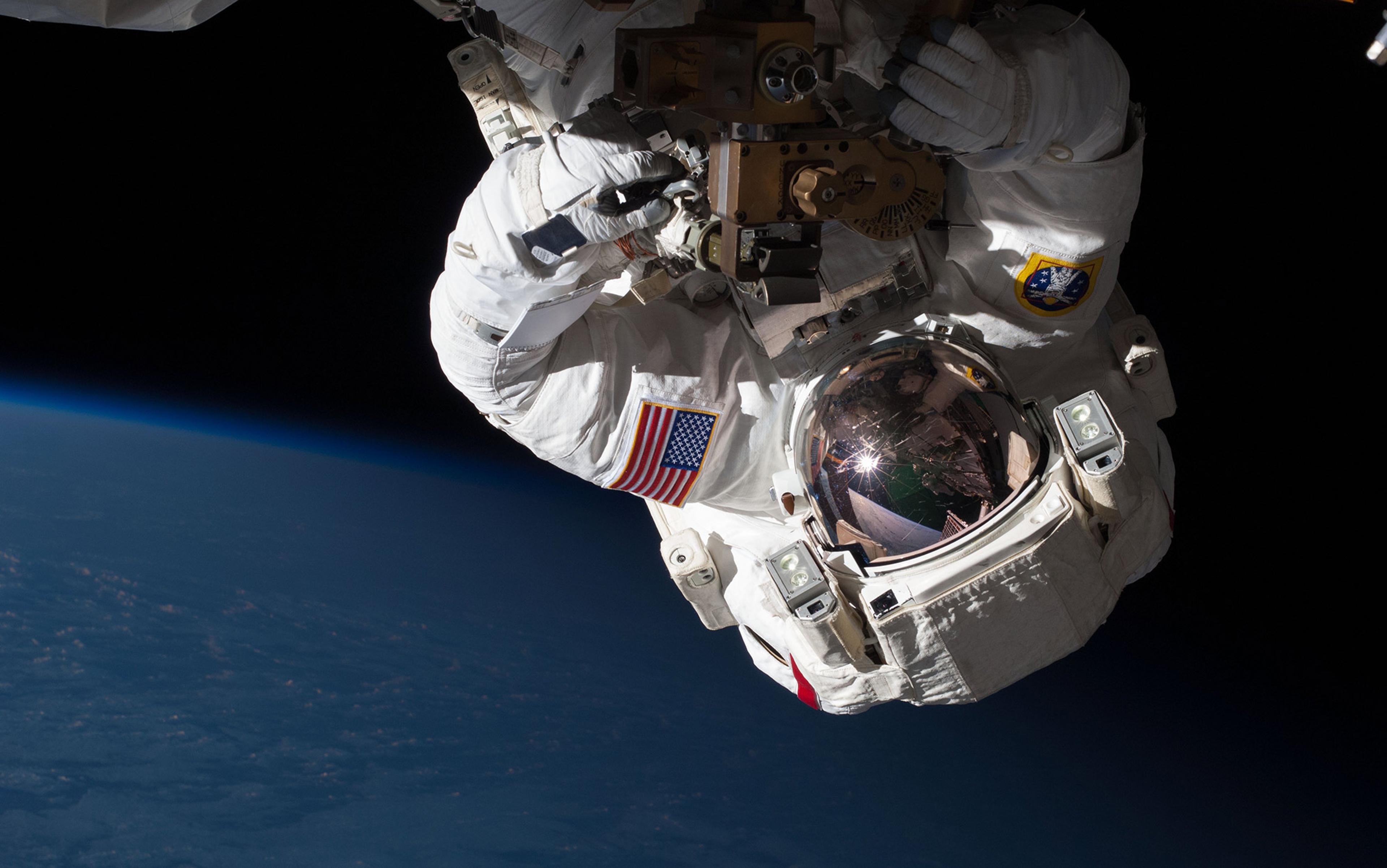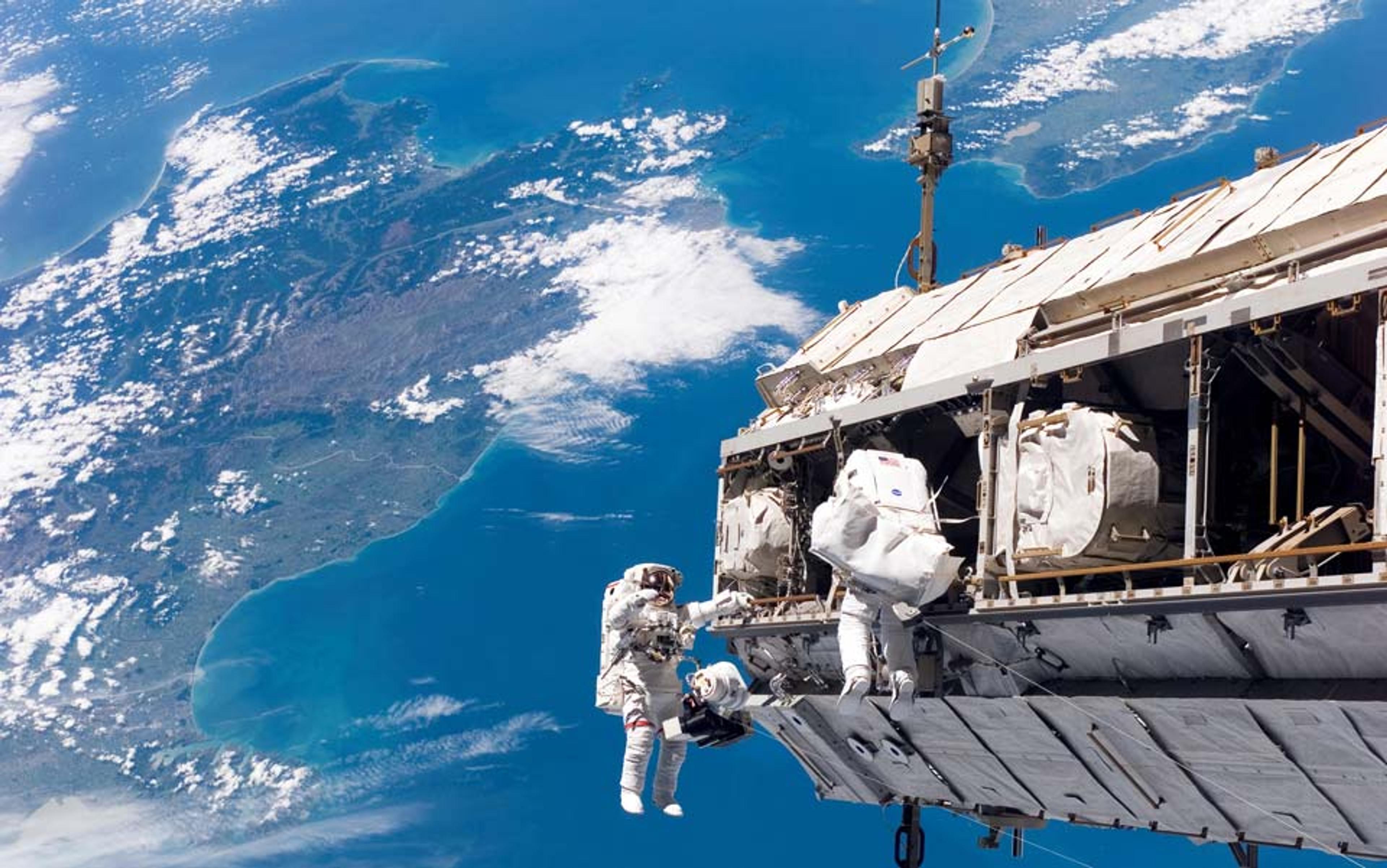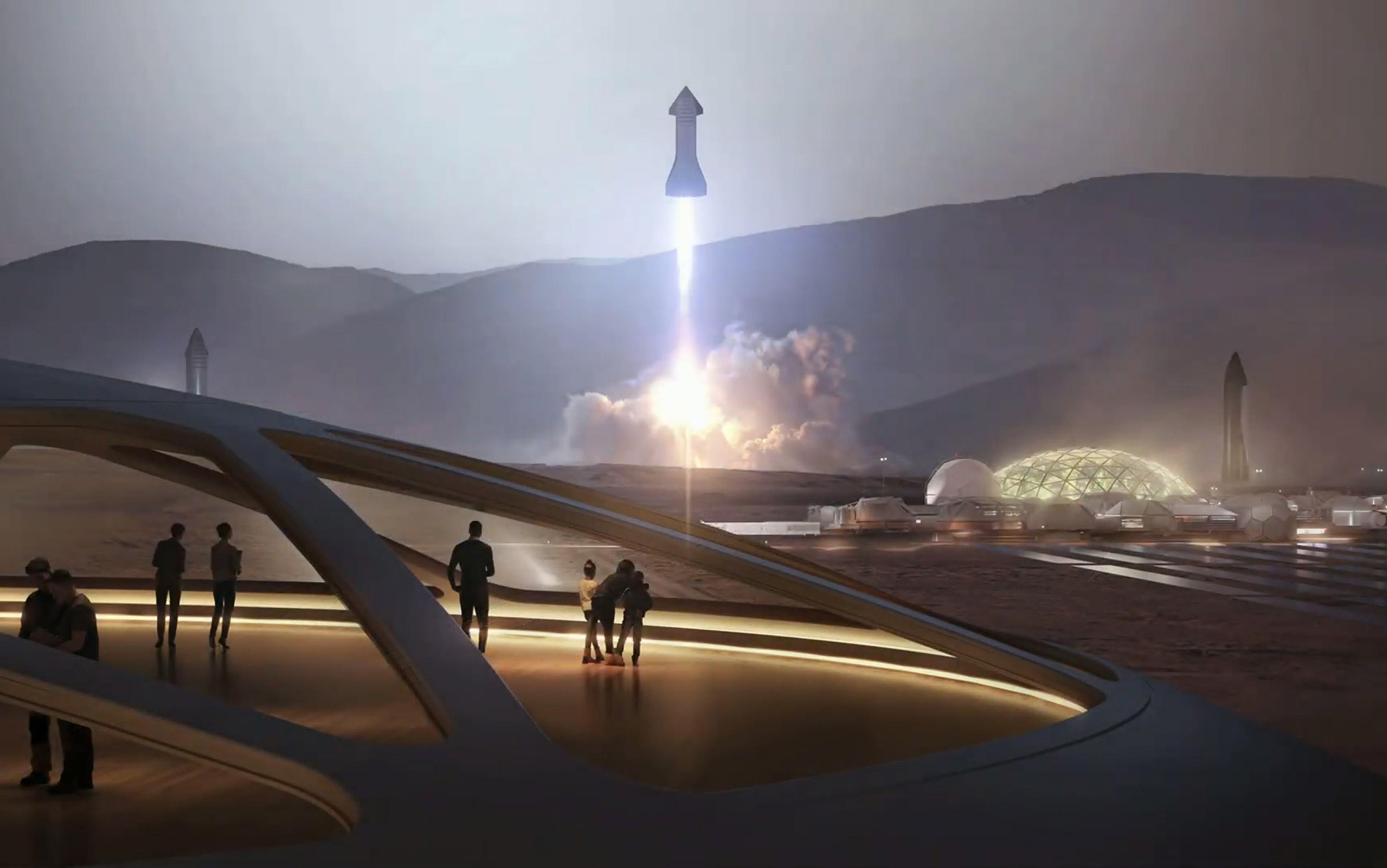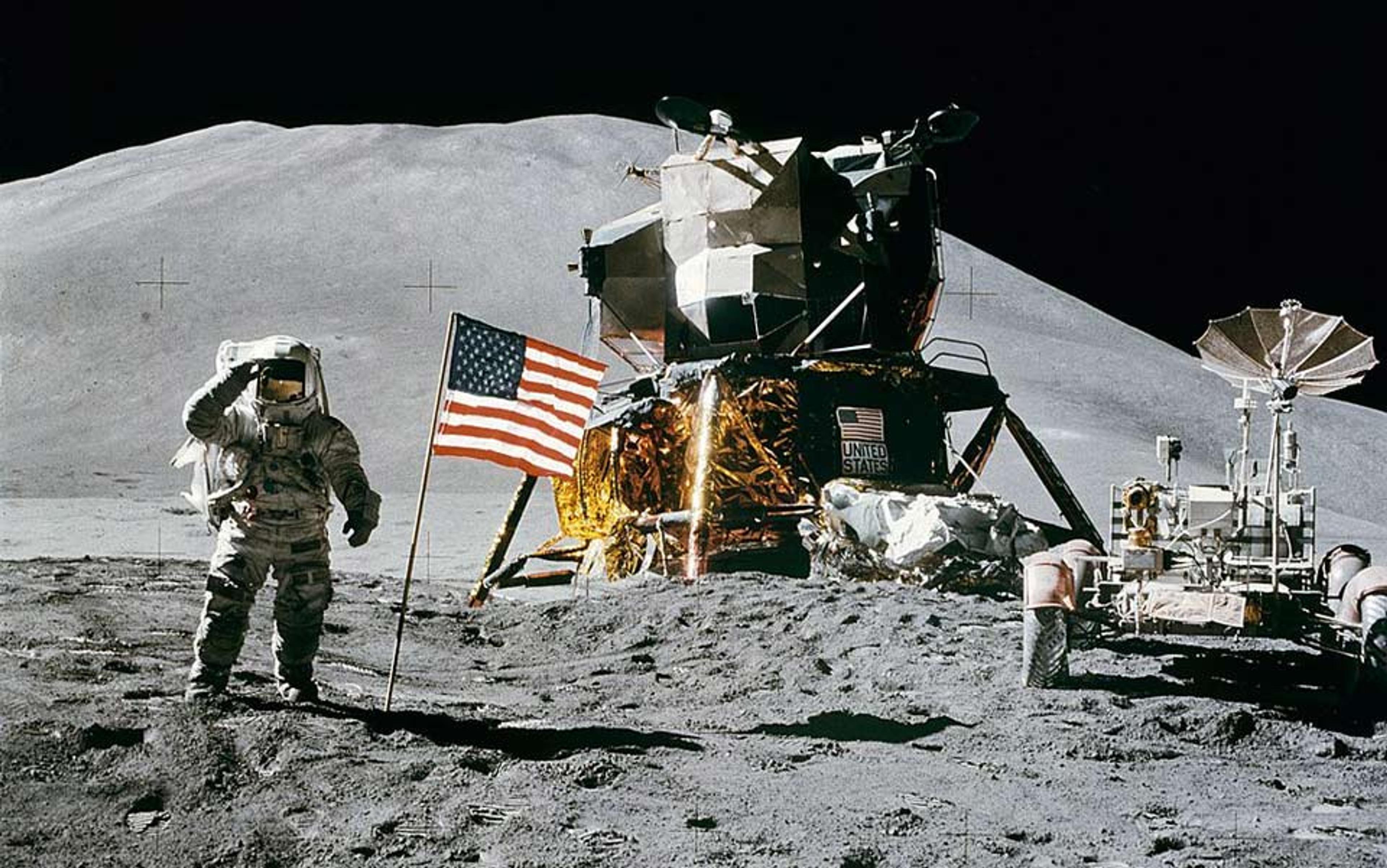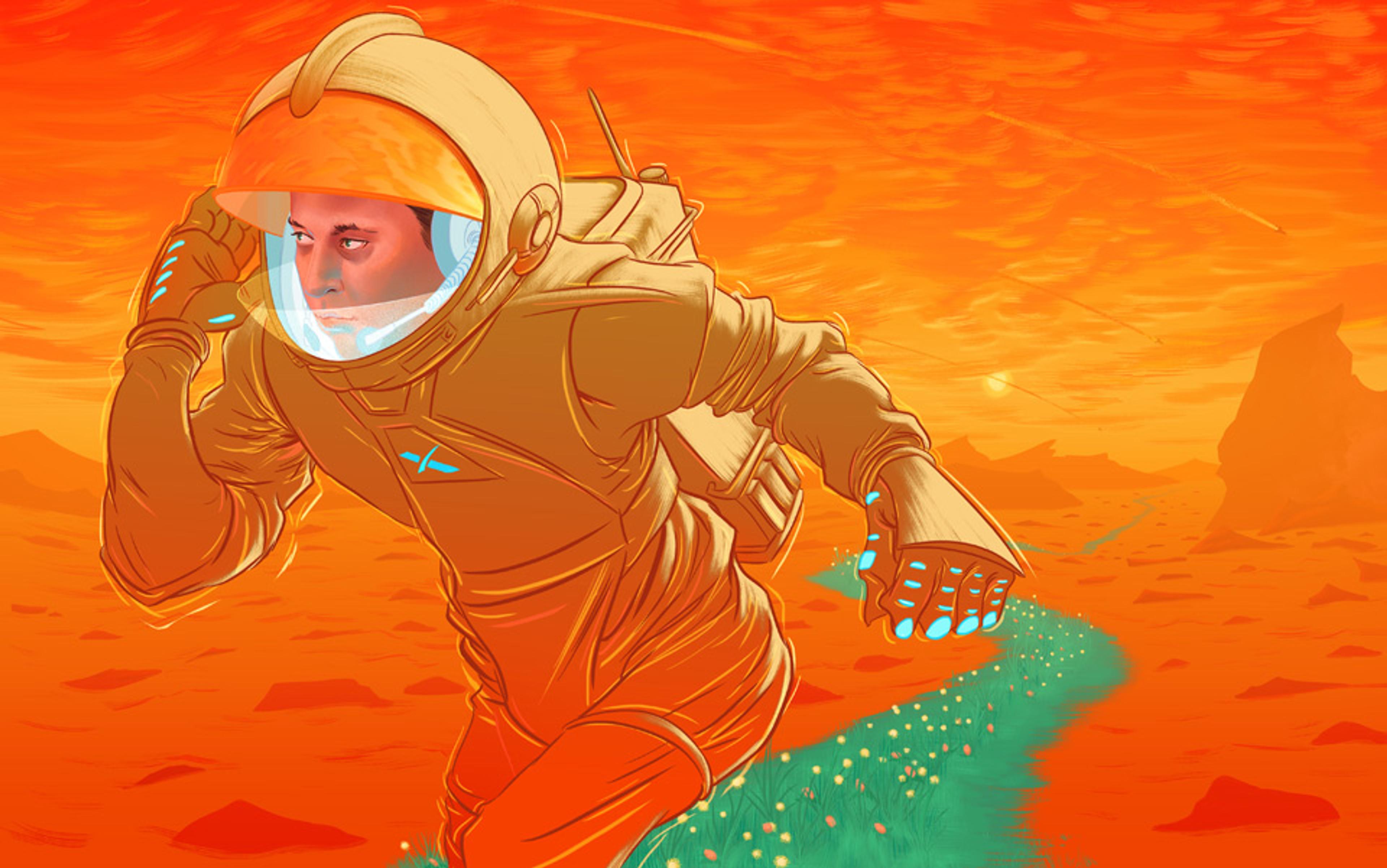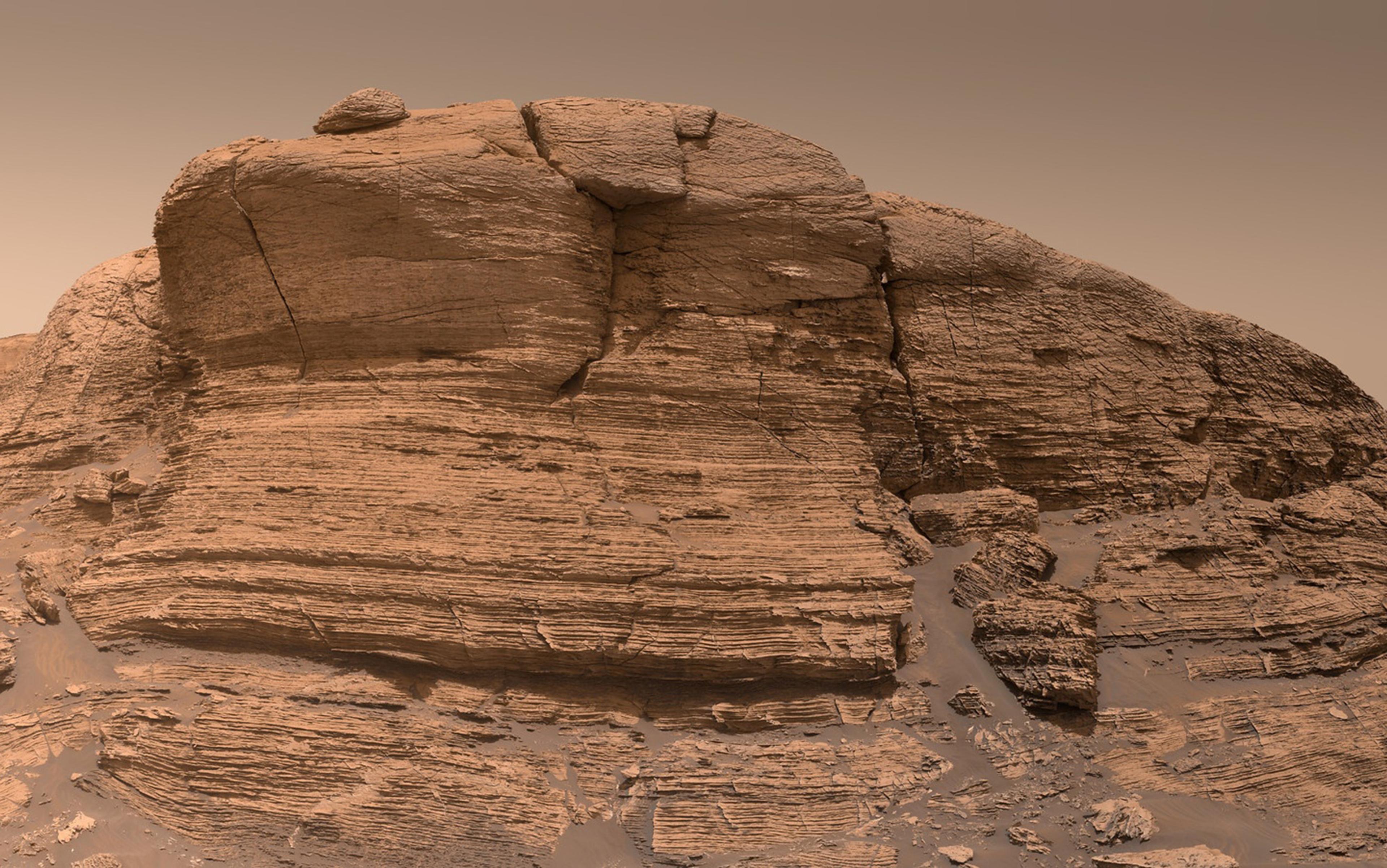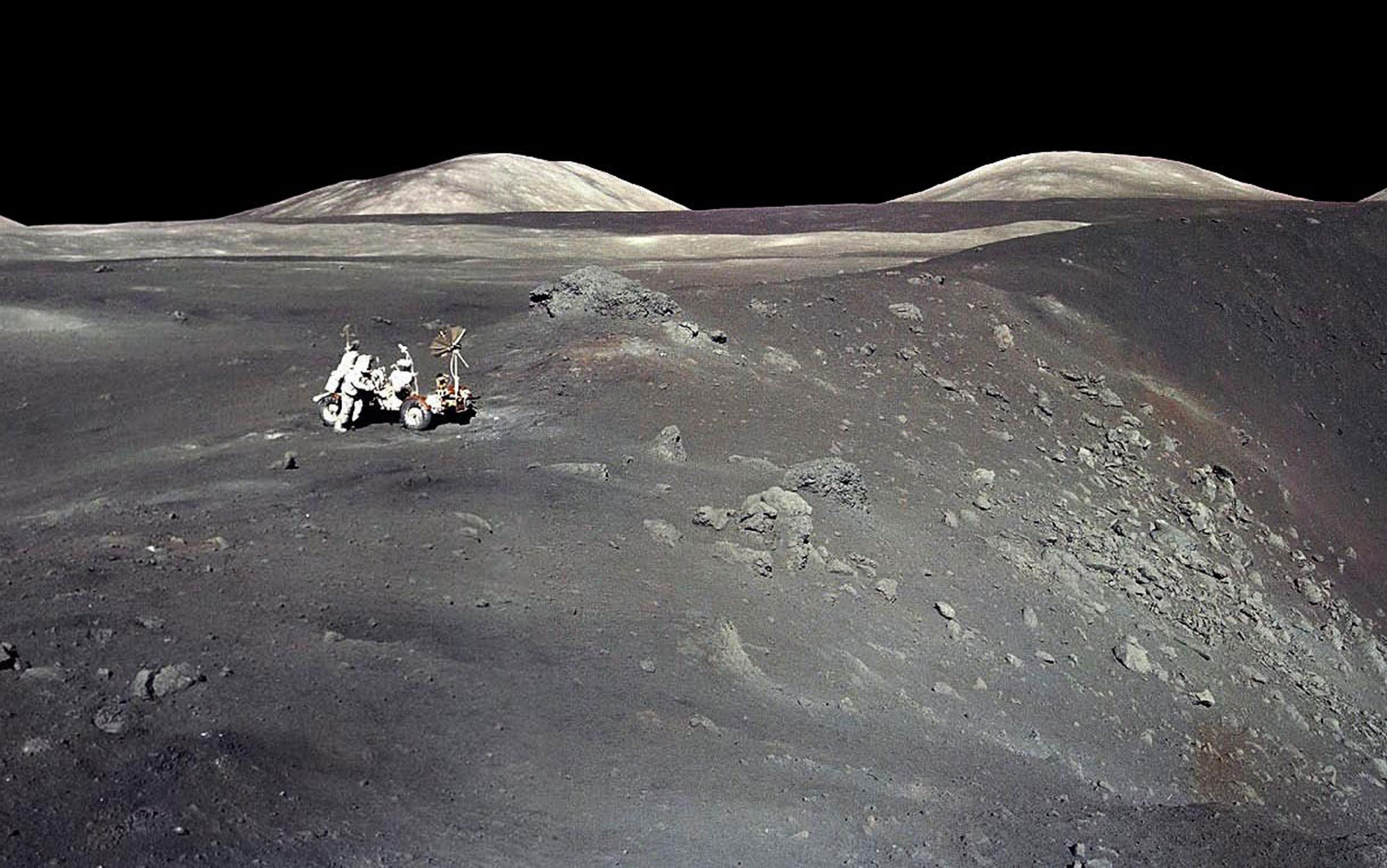Any time we embark upon a journey, be it a morning commute or a leisurely day trip, we engage in transition. We are a travelling species, which means transitions are commonplace for us, mundane even. But there are some trips that can still fire the human imagination, and none more so than the journey, experienced only by a lucky few, from the surface of Earth to the beginning of space.
On his 108-minute flight in 1961, the Soviet cosmonaut Yuri Gagarin, the first human being in space, reached a peak altitude of 327 kilometres (203 miles), after blasting off the planet atop a mighty Vostok rocket. After launch shook his tiny capsule violently, Gagarin experienced the feeling of weightlessness, and saw the curvature of the Earth first-hand. By all accounts, he crossed the mysterious border between the Earth and space. Or did he? It has been more than half a century since Gagarin’s historic journey, but there is still no universally accepted definition of where space begins.
There is general agreement that ‘space’ starts where the Earth’s physical influence ends or is significantly displaced, but no consensus as to where that line actually lies. Does space begin where the Earth’s atmosphere ends? That would seem sensible, except the atmosphere extends some 800 kilometres above the planet. That would exclude Gagarin’s flight, and the International Space Station (ISS) whose orbit around the Earth is only 400 kilometres high. Earth’s gravity might well seem like another natural candidate for ‘edge of space’ status, but you have to travel 21 million kilometres before our planet’s gravity loses out to other forces, and that’s roughly halfway to Venus.
The International Astronautical Federation marks the beginning of space, for aviation purposes, at the 100-kilometre mark, where the Earth’s atmosphere is so negligible that conventional aircraft cannot travel fast enough to generate aerodynamic lift. There are other, more arbitrary numbers. In the 1960s, 8 US pilots earned their astronaut wings by flying the arrow-shaped X-15 rocket plane above 80 kilometres. In the US, this standard still applies, meaning that any American who flies on one of Virgin Galactic’s private spacecraft will officially become an astronaut.
Recent scientific discoveries have further muddled our terrestrial-celestial border confusion. In 2009, an instrument called the Suprathermal Ion Imager (SII) pinpointed 118 kilometres as the point at which charged particles from space begin to overwhelm the relatively mild particle flow of the Earth’s upper atmosphere. That was the point, researchers argued, where space really begins. Headlines hailing the discovery of the ‘edge of space’ briefly splashed across the media, but the attendant stories were hesitant, bracketing any notions of finality with alternative edge-of-space definitions.
It could be argued that the question of where space begins intrigues us because it marks the borderline between a world where we are protected by Earth, and one where we must fend for ourselves. After all, the Earth’s atmosphere is our first and last line of defence against lethal ultraviolet radiation and rogue meteors.
This great shield is built of five layers, and each can stake a claim to the ‘beginning of space’ title. Most familiar to us is the troposphere, the layer that extends from the ground up to between nine and 17 kilometres, and contains most of what we would consider ‘atmosphere’. The troposphere is thick and stable, making it ideal for most commercial air travel. Next comes the stratosphere, up to 50 kilometres or so, then the mesosphere, which is where the US government says ‘space’ begins. The outermost layer, called the exosphere, is the vastest of the Earth’s atmospheric layers, extending from about 690 to 10,000 kilometres above the Earth’s surface. There’s not much atmosphere here and, if you reach the exosphere, you can with some confidence claim to be ‘in space’.
But it’s the layer below the exosphere where the edge-of-space battle is most vigorously contested. Sandwiched between the mesosphere and exosphere is the thermosphere, which is the realm of the ISS, and formerly the space shuttle and the Mir space station. Huge temperature variables exist here, because there is little air pressure and very few atoms by which to transfer heat, which means temperatures well in excess of 1,500 Celsius. In the thermosphere, the Earth appears decidedly curved, and beyond the terrestrial horizon all is very black indeed. Travellers here don’t much feel the effects of gravity, which is why we have so many videos of space station denizens floating happily in their shirtsleeves.
Very little can compare to being squeezed into the business end of a retooled nuclear missile and fired into orbit
This all makes a powerful argument for the thermosphere as the true beginning of space but, even at the ISS’s orbital altitude, the Earth’s gravitational field exerts 88.8 per cent of its strength. What feels like weightlessness to those playful astronauts is actually the sensation of falling around the Earth at a high yet consistent rate of speed. Slow down the ISS and this controlled free-falling becomes just plain falling. There’s also plenty of atmosphere in the thermosphere, most of it heavily ionised, which is why the thermosphere is also home to the spectacular displays known as auroras.
All of these competing thresholds suggest science isn’t the right tool to gauge where space begins. After all, there is no real thing called ‘space’. There are layers of atmosphere that grow gradually thinner as you move outward, and a giant shell of gravity that does the same, but space is, ultimately, a phenomenological concept. Its boundary lies wherever humans feel they have crossed a threshold of distance, or protection, or some other radical departure from terrestrial experience.
In October 2012, the Austrian skydiver and BASE jumper Felix Baumgartner leapt out of a balloon-tethered gondola approximately 39 kilometres above the New Mexico desert. Reaching a top speed of 1,342 kph – fast enough to break the speed of sound and create a shock wave captured on film – Baumgartner set an altitude record for skydiving, and achieved the longest vertical free-fall in history.
Coverage of the jump, which was global, unquestioningly trumpeted Baumgartner’s ‘space jump’ or ‘jump from space’. Even the more hesitant headlines described it as a feat accomplished at the ‘edge of space’. Of course, this histrionic coverage owes much to the formidable marketing of the mission sponsor Red Bull, whose campaign repeatedly flogged Baumgartner’s adventure as the Mission to the Edge of Space. Clearly, ‘the edge of space’ has a more headline-friendly ring to it than ‘really, really high up’.
However amazing it was, Baumgartner was nowhere near to anyone’s definition of space. Sure, the air was far too thin to breathe unaided, and it was shockingly cold. Baumgartner could not have survived without his bespoke, high-tech jumpsuit, which Red Bull stopped just short of calling a spacesuit. And while most of the photos of the event show a curved Earth and black horizon, some taken from other angles show a bright sunny day not unlike what you might see from the window of a Boeing 777. Even at the apex of his mission, Baumgartner was still comfortably within the stratosphere and, in terms of gravity, Sir Isaac Newton would have had no trouble recognising the effects at work on Baumgartner’s body. He leapt. He fell.
The cleverest marketing campaigns, like the one behind Baumgartner’s feat, succeed because they tap into the zeitgeist. With the highest peaks summited, with vehicular speed records now iterative rather than truly pioneering, it often feels as though humankind has run out of the kind of challenges that once forced us to rethink what it means to be human. The Space Race has a lot to answer for in this respect: for sheer daring, very little can compare to being squeezed into the business end of a retooled nuclear missile and fired into orbit.
Of the hundred or so billion human beings that have lived on this planet, only about 550 have made it to space
Indeed, space travellers have confessed to all manner of emotions in advance of flight: excitement and dread, wonder and trepidation, gut-trembling fear and childlike eagerness to strap in and blast off – sometimes all of these at once. But no matter how vivid and thoughtful one’s prelaunch feelings, nothing comes close to lift-off itself. The former NASA administrator Aaron Cohen once described launch as ‘a barely controlled explosion’ that made even the relatively luxurious space shuttle a bone-jarring experience. Outside a space vehicle, any meaningful atmosphere disappears almost immediately. At 39 kilometres up, without a pressure suit or a pressurised vehicle, hypoxia, hypothermia and the rupturing of skin and organs set in quickly. At 118 kilometres, the Earth’s horizon appears distinctly curved and the space beyond it darkens into an inky black. Unstrap from your seat, and you’d float free in microgravity. You might also be spacesick, as more than half of all astronauts are.
Of the hundred or so billion human beings that have lived on this planet, only about 550 have made it to space. Between them, they have generated thousands of words describing the experience – some coherent, others less so. There are bits of poetry and verse, quips and quotations, solemn readings from religious texts, all of which suggest that the experience affects the mind at least as powerfully as the body. The Mercury-Atlas 7 astronaut Scott Carpenter said that the Earth looked like ‘a delicate flower’ from space. Wally Schirra, who flew three NASA missions, said that the experience made him want to tell all humankind to ‘take care of Spaceship Earth’. Alan Shepard, the first American in space, cried. Perhaps the most concise distillation of opinion came from the world’s first space traveller, Gagarin, who simply said: ‘What beauty.’
Getting into orbit – where it definitely feels like ‘space’ – is still the province of governments or private companies with resources well beyond what most of us can afford. Reaching the edge of space is a more universally achievable feat, but only as long as the definition of that boundary remains fluid. Virgin Galactic, which has yet to launch a single commercial flight, is reportedly booked up for several years to come with hundreds of deposits in the bank, even though its offer of ‘spaceflight’ is tenuous at best. Other companies are racing to offer a similar thrill. Hit the lottery jackpot, cash in a pension fund or sell off a second home, and you too could actually touch the cold, frightening edge of our world.
I can’t help but hope that this surreal experience will soon be open to a wider slice of humanity. The Apollo 11 astronaut Michael Collins quipped that what the space programme needed was ‘more English majors’. Baumgartner would probably agree, having confessed frustration in interview after interview that he could not say something more profound about his experience than: ‘It was cool.’ But maybe that’s the point. Maybe we want to touch the edge of space because it’s the one place left to us that promises a shivering sense of primeval, inarticulate rapture; a place where language, like air, ceases to matter.
